Nandinas need different care
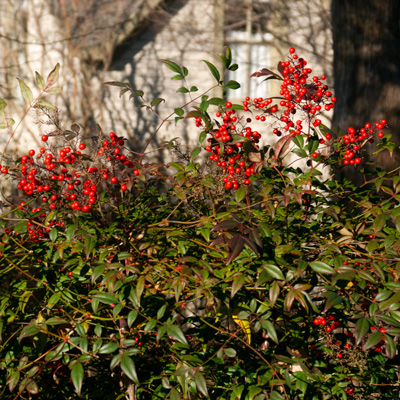
Nandinas produce their growth on straight stalks. New stems sprout up from the bases. None of these stems normally produces any side branches.
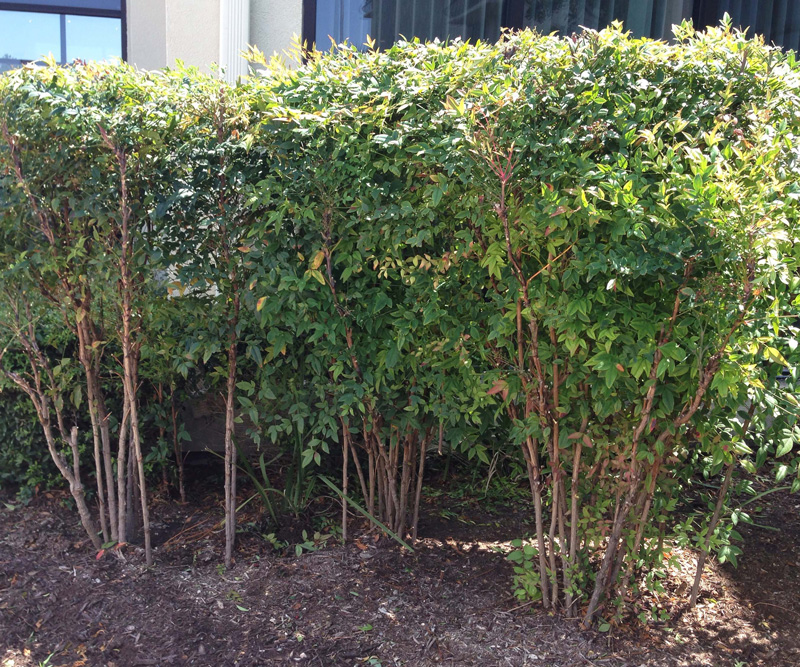
Most of us are used to trimming shrubs “back.” We reduce their height by 20, 30 or 40 percent. You don’t do that with nandinas because they don’t handle the cut stalks gracefully. They produce clusters of clumping shoots right at the cut ends.
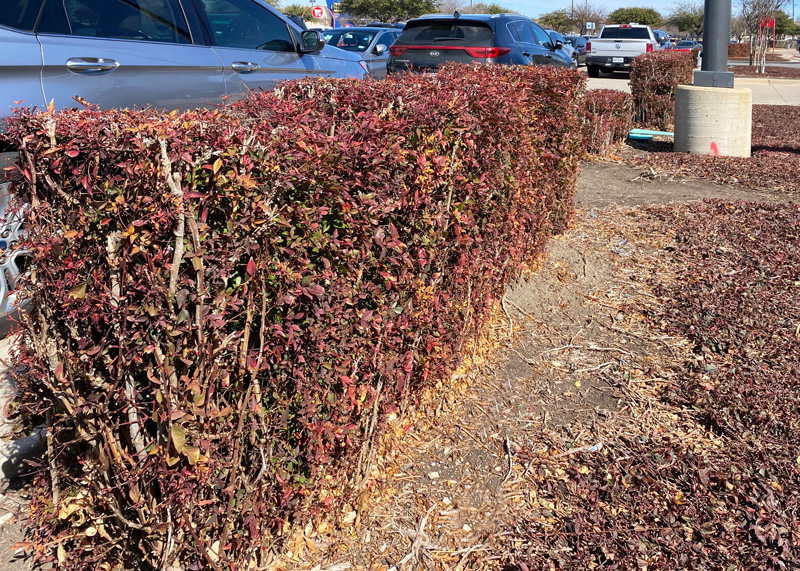
In the process, all the old bottom leaves eventually fall off and you’re left with a grove of unsightly stems. Put in simpler terms, you’re left with a mess.
The right way to prune upright nandinas…
Each year in late January or early February you cut the tallest canes completely to within 1-2 inches of the ground.
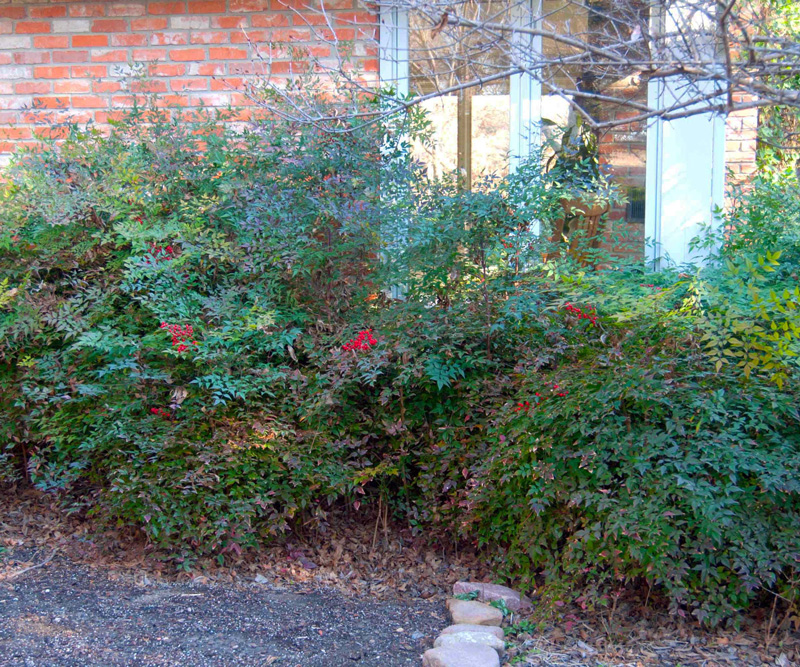
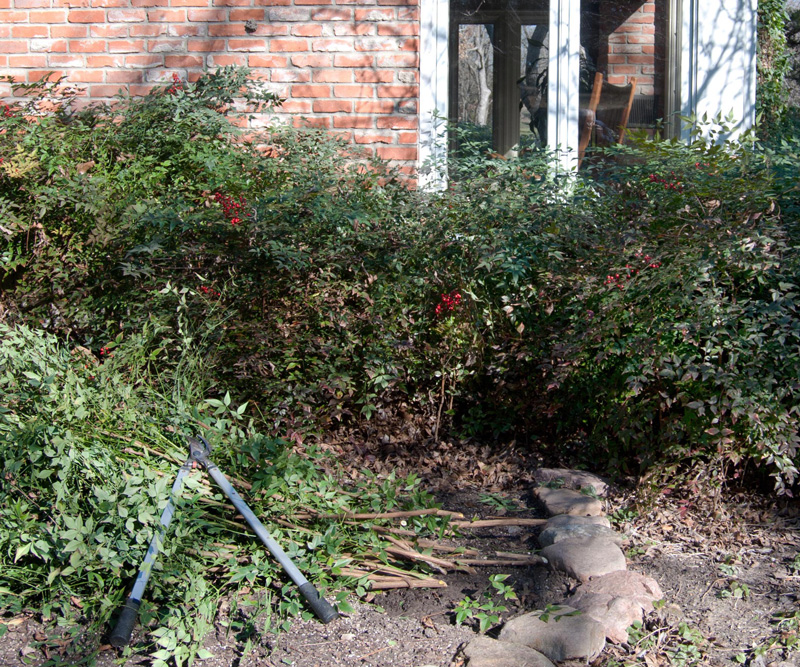
In a normal time, you’d want to cut the tallest 1/3 of canes, perhaps as many as 1/2 of them.
Two years ago, when the cold did so much harm to our plants, I actually cut all my nandina stems back to the ground.
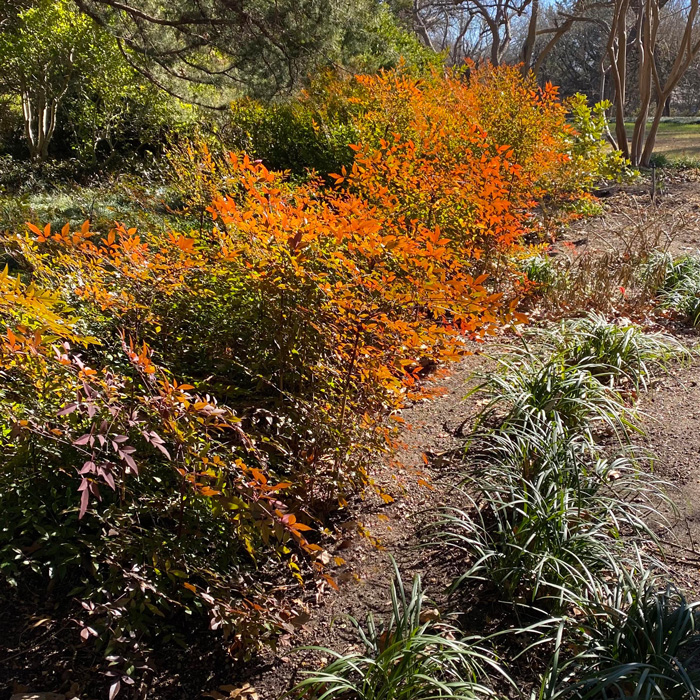
I follow that trimming with an application of all-nitrogen, lawn-type fertilizer to promote vigorous new growth coming out of the winter. It’s not uncommon to get 8-15 inches of lovely red new foliage shooting up from each stalk within just a couple of months.
There may be need to do a little light additional stem removal during the rest of the year, but usually that one trim in late winter is all that is needed.
A note about nandina berries: They’re beautiful, but they do cause severe digestive problems in late winter when cedar waxwings and other species devour them. Deaths of birds have been reported. Gardeners are advised to clip the fruit off prior to that time to avoid those problems, also to lessen the chance of unwanted spread of the seedlings.
